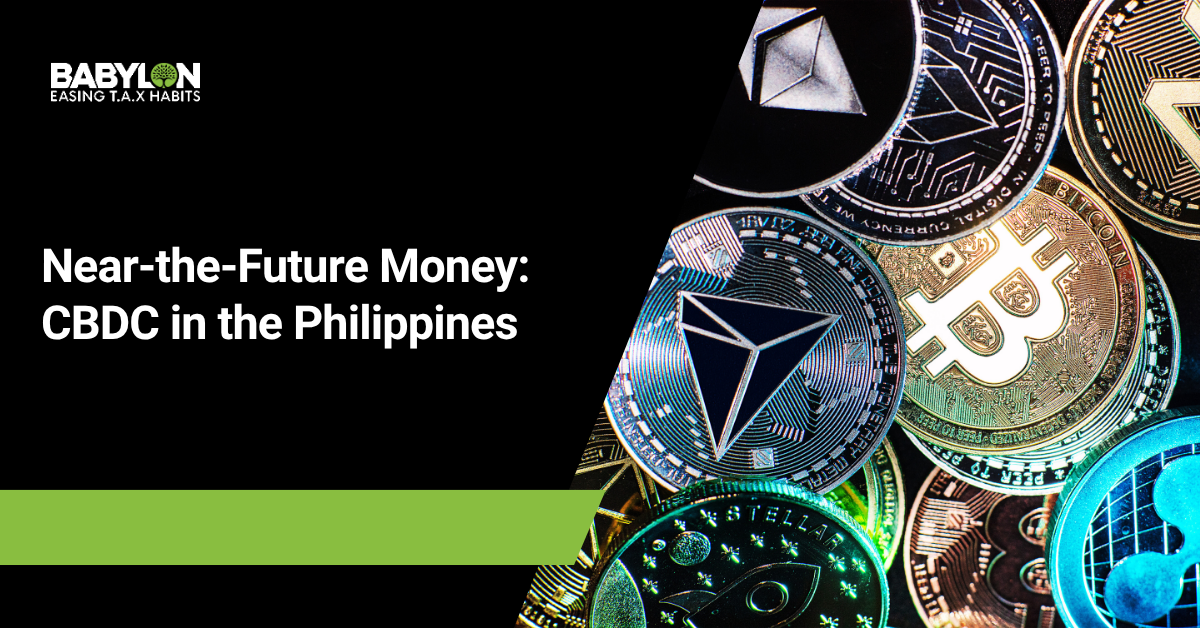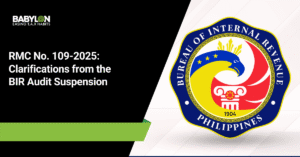Digitalization has been popular nowadays, with cashless payment options such as GCash and Maya. Likewise, the Philippines’ journey to transform the peso into a digital currency is at a crucial stage. The Bangko Sentral ng Pilipinas (BSP) has announced that banks and financial institutions will implement a wholesale CBDC, dubbed Project Agila, within the next few years.
Now, it might sound like just a “digital wallet” story. Still, it will be about modernizing the payment and settlement structure, reducing costs, and positioning the Philippines as an efficient cross-border country.
What is a CBDC?
To put it simply, a central bank digital currency (CBDC) is digital money denominated in the national unit of account (the Philippine peso) and a direct liability of the central bank. There are 2 types of CBDC: retail and wholesale.
- Retail CBDC – a digital currency that can be used by the general public or the citizens of the Philippines.
- Wholesale CBDC – a digital currency that can only be used by financial institutions such as banks and payment service providers.
Subsequently, in our case, the BSP aims to implement first the wholesale CBDC, which is, in easier terms:
- Only banks / financial institutions act as counterparties (rather than the general public).
- It can improve large-value and interbank payments, securities settlement, and cross-border transactions.
- For the Philippines, the BSP has highlighted use-cases such as liquidity management and 24/7 fund transfers (even weekends/holidays)
Where the Philippines currently stands
As stated by the BSP, in relation to Project Agila, the Proof-of-Concept phase is nearing its completion, and a roadmap for the next three to five years is expected to be issued by 2025. While the focus is on piloting the wholesale CBDC first, the BSP clarified that retail CBDC is not included as a priority. This is because the existing digital payment channels, such as InstaPay, PesoNET, and QR PH, are already popular and widely used by citizens.
Another essential point to note is that the BSP does not intend to rely on Blockchain or Distributed Ledger technology, unlike experiments conducted by other countries. In fact, the BSP highlighted that several central banks have tested the implementation of blockchain systems but found that they did not perform effectively and efficiently as expected.
Why this matters for Businesses and Financial Services
The BSP’s Project Agila has many implications, not only for financial systems but also for business transactions.
The wholesale CBDC can increase the efficiency of payment systems, enabling faster settlements and reducing transaction costs, even when transactions occur outside usual banking hours. Another good point to consider is the improvement of cross-border payment systems, which is a critical concern for the Philippines, given that many remittances come from Overseas Filipino Workers.
Furthermore, this step is aimed at enhancing the competitiveness of banks, fintechs, and other financial service providers. Such institutions must plan for significant changes in fund movement, settlement systems, and even their regulatory frameworks. Additionally, other organizations should be prompted, as the said project will pave the way for possible future retail adoption of the CBDC.
Some Challenges and Questions
Despite the good implications, there are still issues at hand.
First, there is the question of clear business use cases for banks and intermediaries, as the BSP indicated that successful implementation will depend solely on the demonstrable benefits of the CBDC. Another factor to consider is the legal and regulatory framework to be used, which might require extensive updates if CBDC is adopted for retail or cross-border applications.
Second, the technology and cybersecurity matter is another major issue. Even without blockchain, the system must ensure resiliency, strong protection from attacks, and minimize downtime. Further, the drastic change could alter how banks manage liquidity and settlement, potentially requiring new operational models.
Lastly, Public Trust will be crucial not only on the part of financial institutions but also on the part of consumers, as the Philippines transitions to a new form of money.
Putting it all together
The Philippines is moving to a significant shift in the payment structure we usually have. A wholesale CBDC may not capture consumers’ attention just yet, but for banks and other financial institutions, it’s a huge upside.
Moreso, viewing this as an opportunity rather than just a regulation, firms can position themselves ahead of the status quo by being ready to scale up efficiency, resilience, and global connectivity through the digital money that will be implemented soon.
As the BSP moves closer to launching the Philippine Central Bank Digital Currency, businesses must be ready for the new era of digital finance.
Stay ahead of the curve — book a consultation with Babylon2k to explore how your organization can prepare for CBDC integration, digital payments, and compliance readiness.






